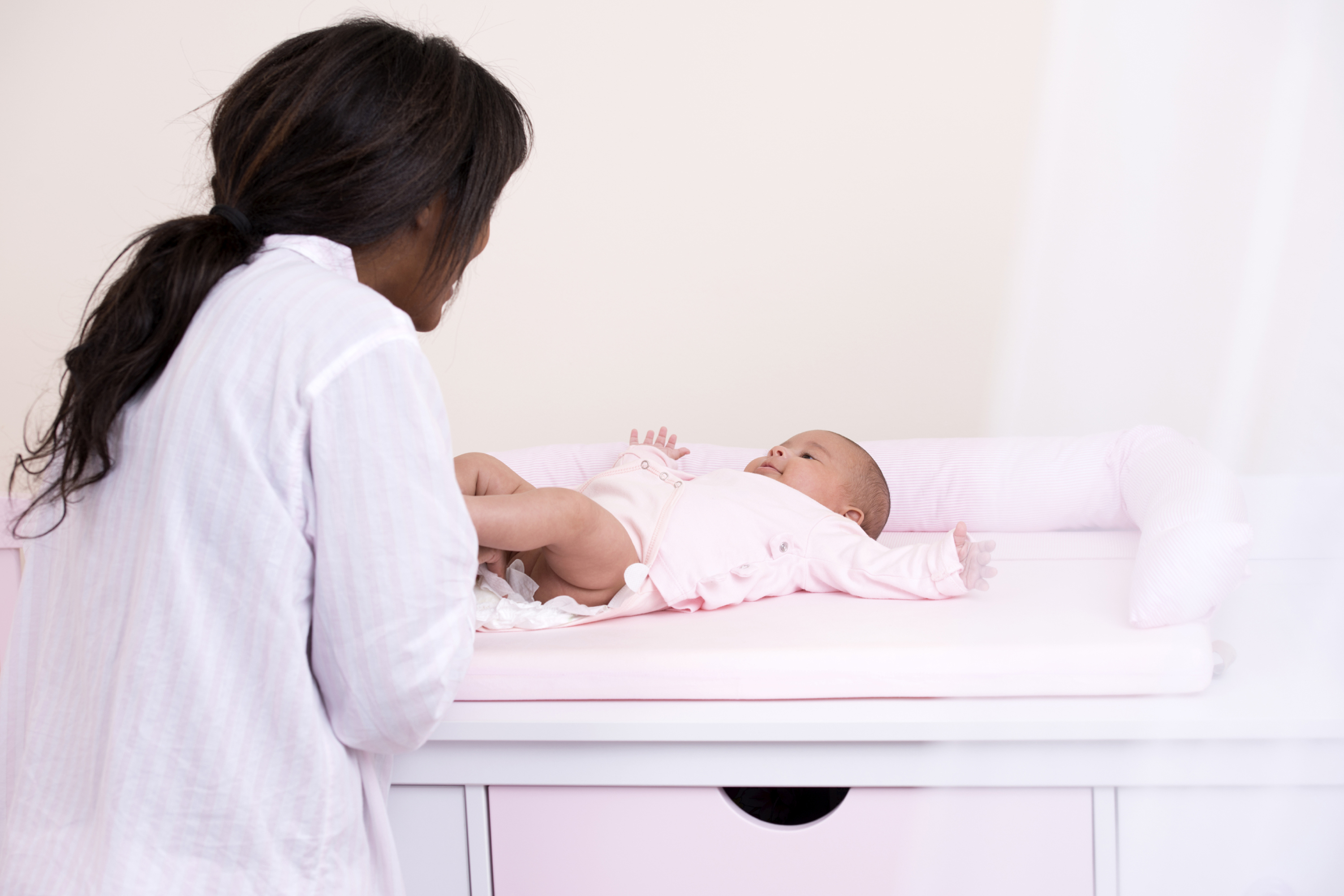For children at risk for or diagnosed with autism, early intervention – from birth to age 3, when the brain is forming thousands of connections a minute and is at its most elastic – is key.
Yet much of this critical time is often wasted, while parents wait for diagnosis and for services, according to UConn Board of Trustees Distinguished Professor of Psychological Sciences Deborah Fein, an international leader in the field of autism research.
A new book by Fein and her collaborators provides parents of young children at risk for autism with beneficial activities to do with them on their own – without waiting.
The Activity Kit for Babies and Toddlers at Risk: How to Use Everyday Routines to Build Social and Communications Skills (The Guilford Press 2016), was published last month.
“None of the other books currently available to parents combine a strong base in theory, the best evidence-based practices from the field, and the nuts and bolts of how to actually do what’s needed at home,” says Fein, who also is a principal investigator at UConn’s Center for Health, Intervention, and Prevention (CHIP).
Many families lack access to appropriate services. While parents in the northeastern United States may be fortunate to have access to 20 hours a week of autism-specific services for their children, in some parts of the country, the norm is just one hour a week. “In the majority of U.S. states, children aren’t getting nearly enough high-quality services,” Fein says. And in other parts of the world, the lack of services for children with autism is even more problematic.
Co-authors of the book are Molly Helt, who earned her doctoral degree in psychology from UConn and is now an assistant professor of psychology and neuroscience at Trinity College, Lynn Brennan, a board-certified applied behavior analysis (ABA) consultant, and Marianne Barton, a clinical professor in UConn’s Department of Psychological Sciences and director of UConn’s Psychological Services Clinic.
“Down time is not so good for the autistic child,” says Helt, who has a child with autism. “You want to provide as many teachable moments as possible.”
Research shows that 40 hours a week of direct social engagement is optimal for children with autism, but that can be intimidating to a parent, a lay person.
“As a parent of an autistic child, I read books and thought, ‘OK, how do I actually do that?’ I wanted specifics,” Helt says. “As a clinician, I hear other parents saying the same thing again and again.”

The authors of The Activity Kit for Babies and Toddlers at Risk wanted to show parents that intervention doesn’t have to be delivered solely by professionals or separated from child care tasks and other chores. The book provides lists of very specific activities to do with babies and toddlers while feeding them, changing their diapers, bathing them, and grocery shopping, among other daily activities.
“Parents will want their child’s focus on social stimuli all the time,” Helt says. “It’s where the typically developing child’s attention goes naturally. For the autistic child, parents almost have to force it on the child, to keep creating fun situations where they can practice and you can praise them for performing the skills they need to develop.”
Fein agrees: “There are certain skills that are crucial. If your child is not doing these things, you need to teach them to do so. These include making eye contact, pointing and other forms of communication, imitation, and forming attachments, especially to parents and caregivers. You want your child paying attention to you and coming to you for comfort.”
One suggested activity for an infant is to attach jingle bells to his or her socks and for the adult to dance when the baby rings the bells and to freeze when the ringing stops. Another encouraged activity for a toddler is to set up a choice between an apple and a cookie and to teach the child to point to communicate his or her preference, even gently picking up his or her hand to guide it. Other tips include getting very close to make eye contact easier, and re-enacting again and again any event that drew a big emotional response – whether that was dropping a bowl of peas from a highchair or being surprised by a visit from a grandparent.
Fein says the results parents will see depend on the extent of the child’s autism or cognitive delays: “Success may mean giant strides or a lot of tiny steps.”
Fein also has a National Institutes of Health grant to develop a training website for parents of children diagnosed with autism, ages 1 to 12. The site will include even more training materials, including videos, but the book was something Fein and her team were able to put in parents’ hands more quickly.
The Activity Kit for Babies and Toddlers at Risk already is receiving positive reviews at amazon.com, including this one from Dr. Stephanie Switzer, the mother of a child with autism with whom Fein and her collaborators worked:
“I had the tremendous fortune of previewing this book and being coached by the authors when my daughter was diagnosed with autism spectrum disorder at 14 months old. We actually had fun incorporating the creative activities into our daily lives. Along with therapy, these techniques undoubtedly contributed to my daughter’s amazing progress. Reading this book is like having these four leading consultants guiding you in your home every step of the way.”
The book’s publisher is already planning to translate The Activity Kit into Korean and Turkish, and hopes ultimately to have it translated into many different languages.




